How to get the 80s synth pop sound
Take your tracks back in time with six simple methods for injecting the six sonic hallmarks of synth-pop
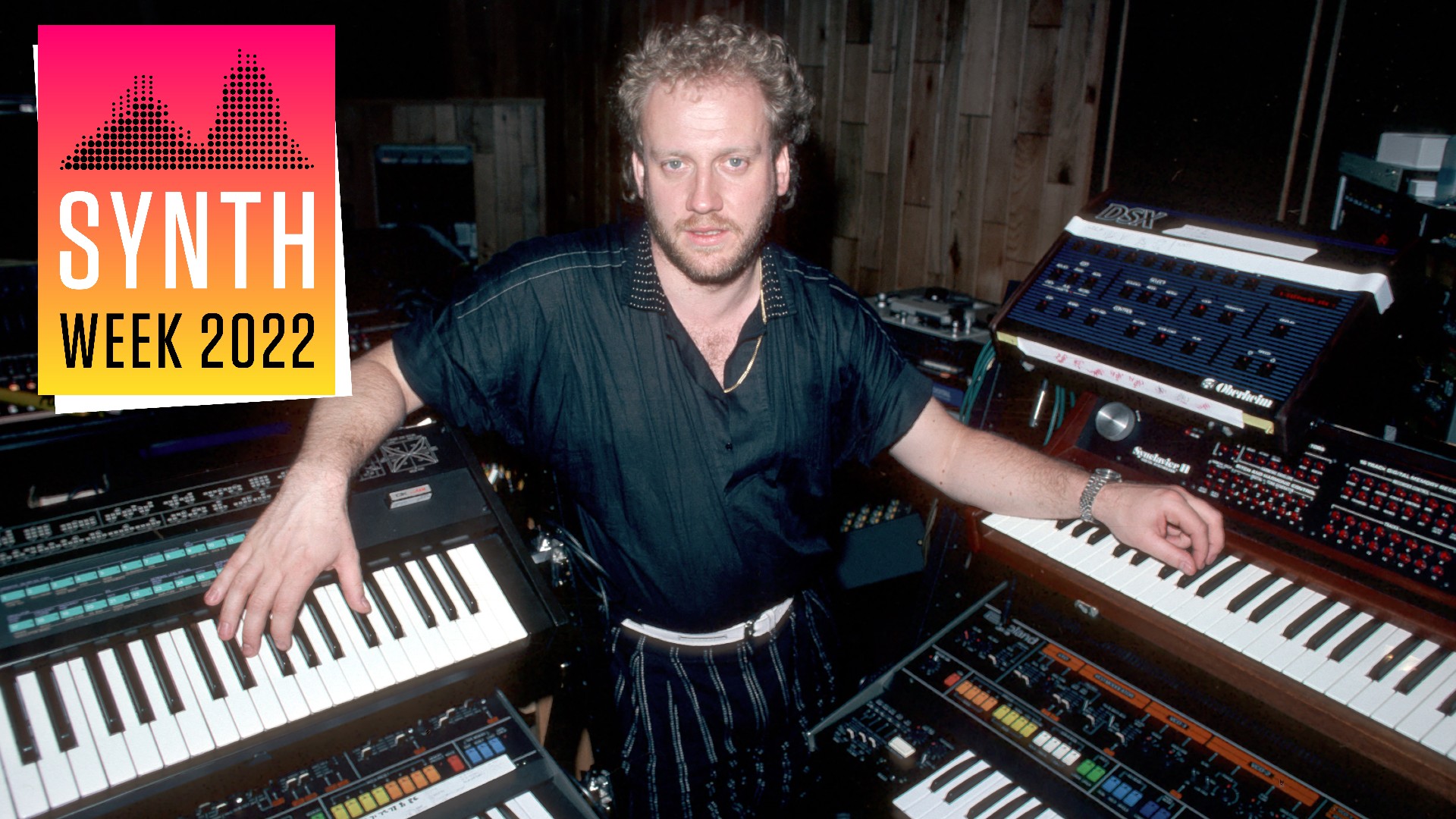
SYNTH WEEK 2022: Take a trip with us back to dry ice covered, lurex and pastel-coated days of the 1980s when a nation of new quiff-heavy upstarts turned their back on guitars and reached for a new way to make their music…
The UK – and soon the whole world – was caught in a synth explosion as costly and heavy machines from the US were usurped by more affordable and portable models from the far east. Pretty soon if you weren't making synth music in the 80s then you weren't having hits as ear-worm laser-accurate synth sounds and bang-on-time drum machines replaced the aimless noodling of guitars and vagaries of live drums.
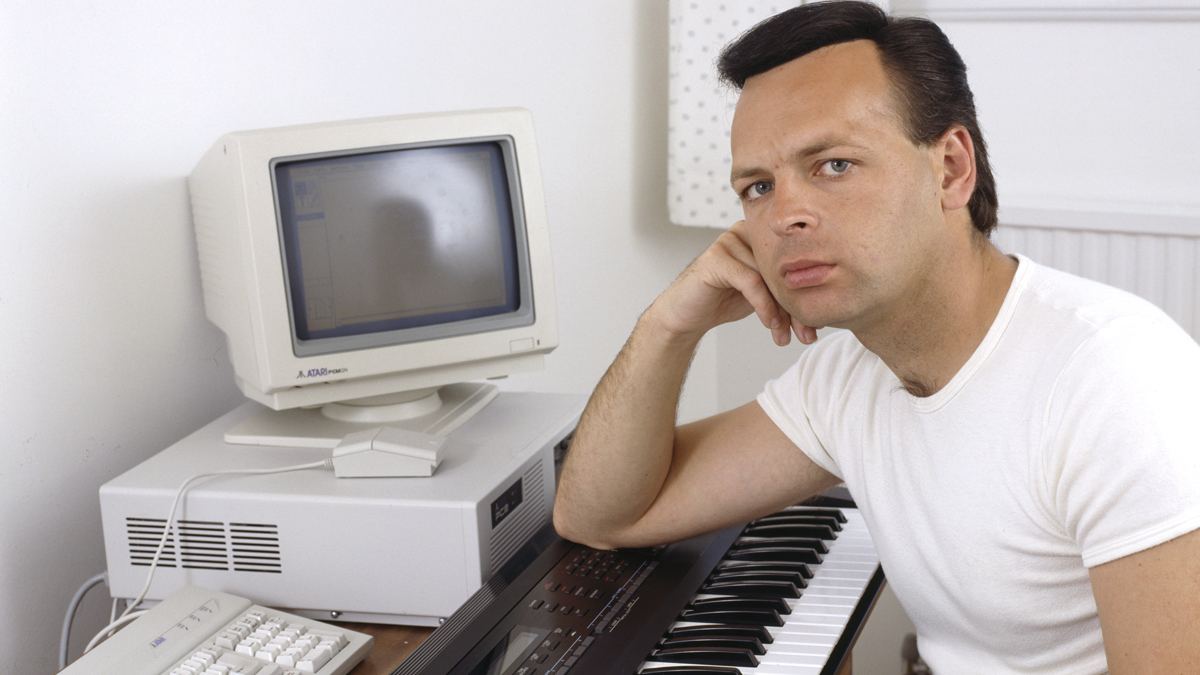
This was a liberating time for music. Taking it out of the hands of muso's and prog rockers who'd spent years learning to play the same as their heroes, and placing it into the minds of those who were perhaps less able to bang out a tune, but had the imagination to make something brand new happen.
Thus songs got more concise and catchy, sounds ever more arresting and as the tech improved so anything and everything became possible in the studio. The lingering punk DIY ethic re-emerged and the desire to make your own music, your way spread like wildfire.
But what defines and 80s sound? How can you nail a genre that was built on originality and throwing out any kind of rules?
Take a trip back with us below, as we reveal a few simple strategies for recreating the machines and styles that defined an era.
1. The Linndrum
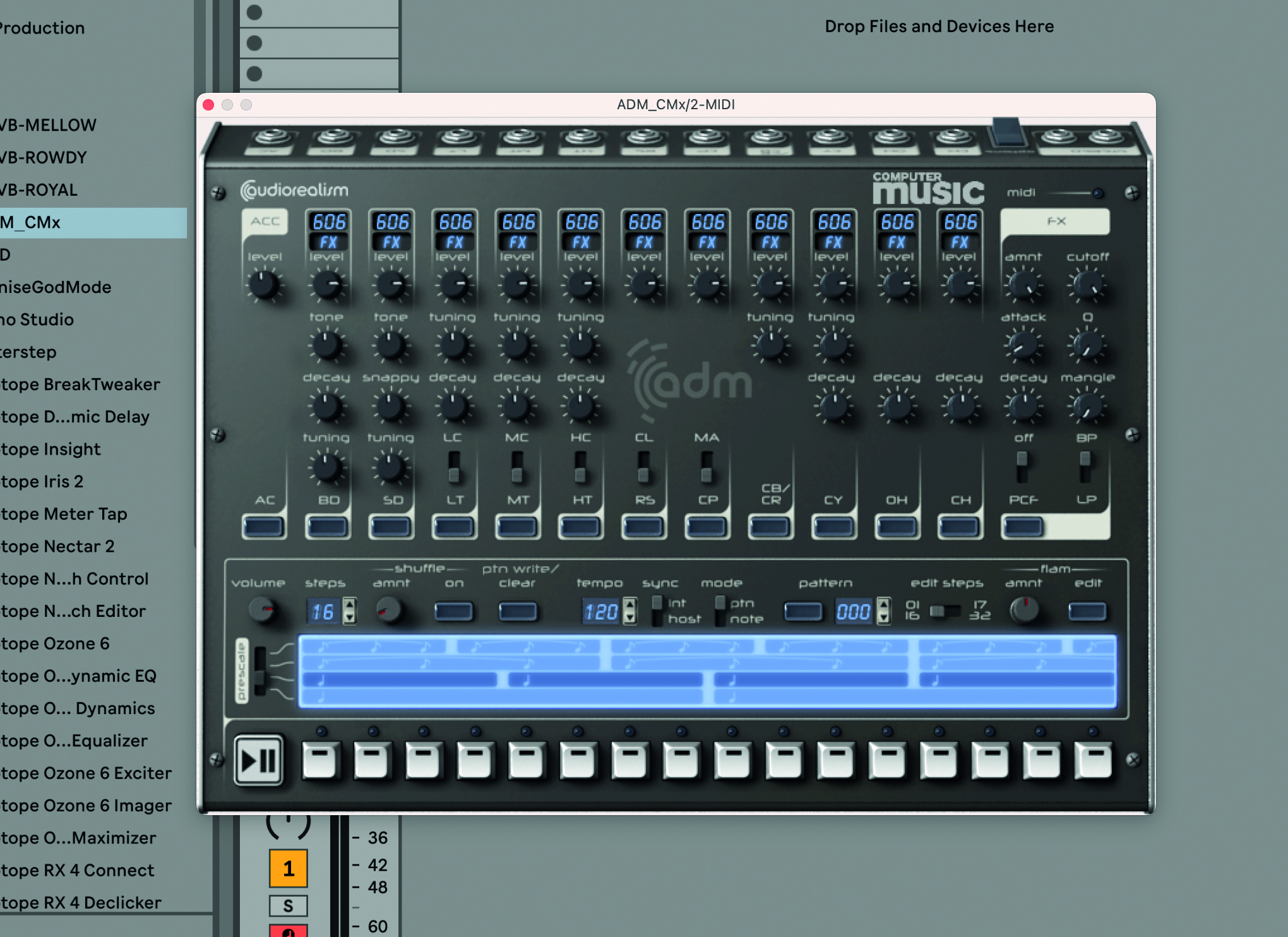
Let’s start with the beat – and perhaps one machine above all others made its mark as the secret of success. The Linndrum was the first digital drum machine, featuring samples of sounds rather than synth emulations. See it put to great use in the video above and all over The Human League's brilliant Dare album.
Get the MusicRadar Newsletter
Want all the hottest music and gear news, reviews, deals, features and more, direct to your inbox? Sign up here.
That said, any of the original wave of Roland drum machines would also be historically appropriate here.
There's no shortage of plugins out there that emulate the Roland family of instruments: we recommend the AudioRealism ADM if you're looking for a decent emulation of the 808, 909 or 606.
2. Gated snares
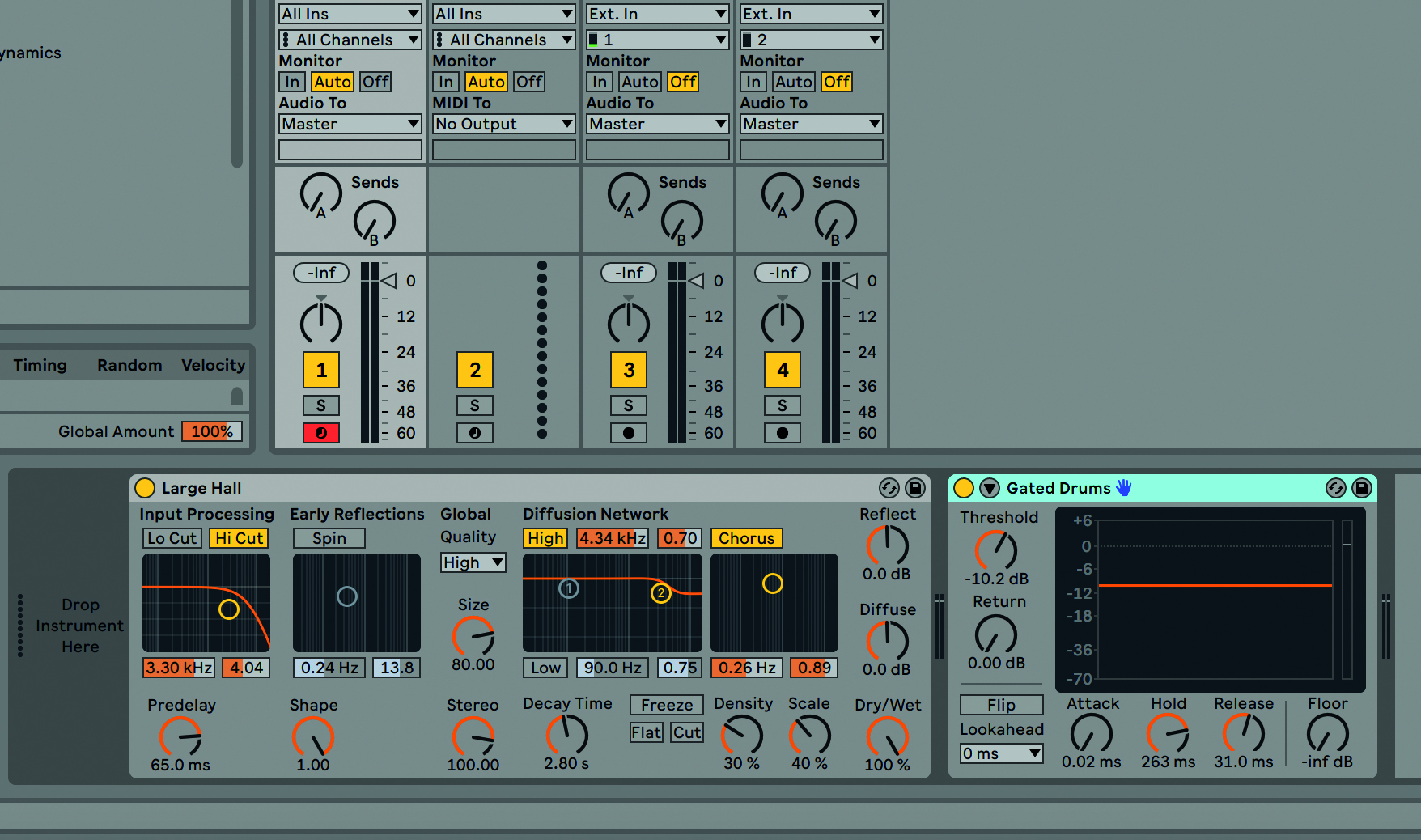
We must include a special mention to gated snares at this point, as used by Peter Gabriel, Phil Collins, and eventually everybody else. Take your initial snare part, and add a reverb plugin, ideally with a longer hall-type tail, then a noise gate to cut that tail off.
You get a big, splashy sound that magically cuts off leaving room all around it. Even after all these years it's still weirdly cool.
3. SH-101 bass
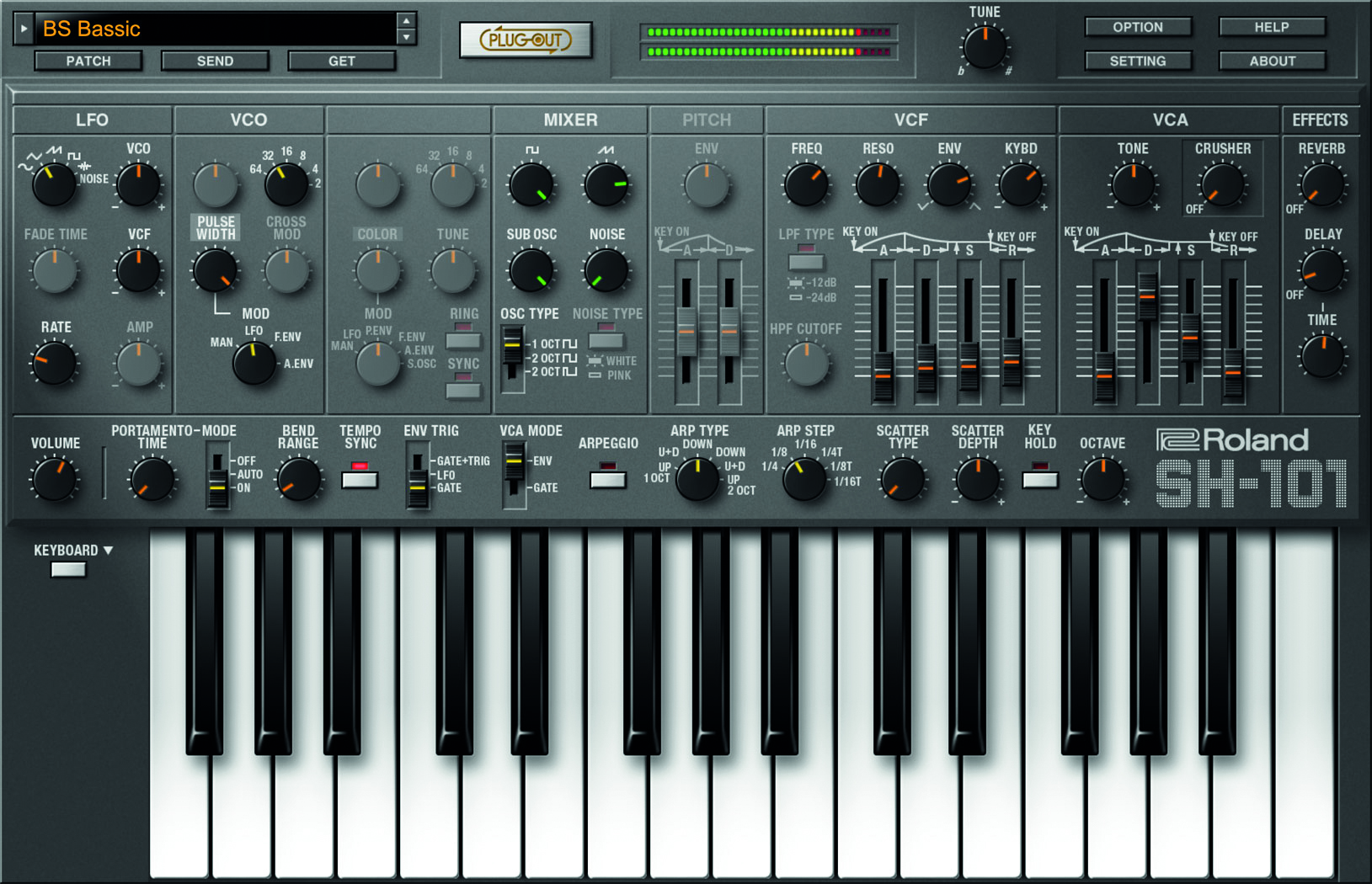
The definitive 80s bass part might be a live player with their Wal strapped up high, OR it could be a synth (an SH-101 like the one available from Roland’s Cloud as shown) playing a classic disco-style octave bass part. Hit the same note in different octaves to get that hi-energy sound… Or hold a chord on a monosynth and turn on the arpeggiator for an instant 80's bassline.
And if your synth doesn’t have an arpeggiator built in, you can use a plugin to help achieve the desired effect.
4. Sampled orchestral stabs
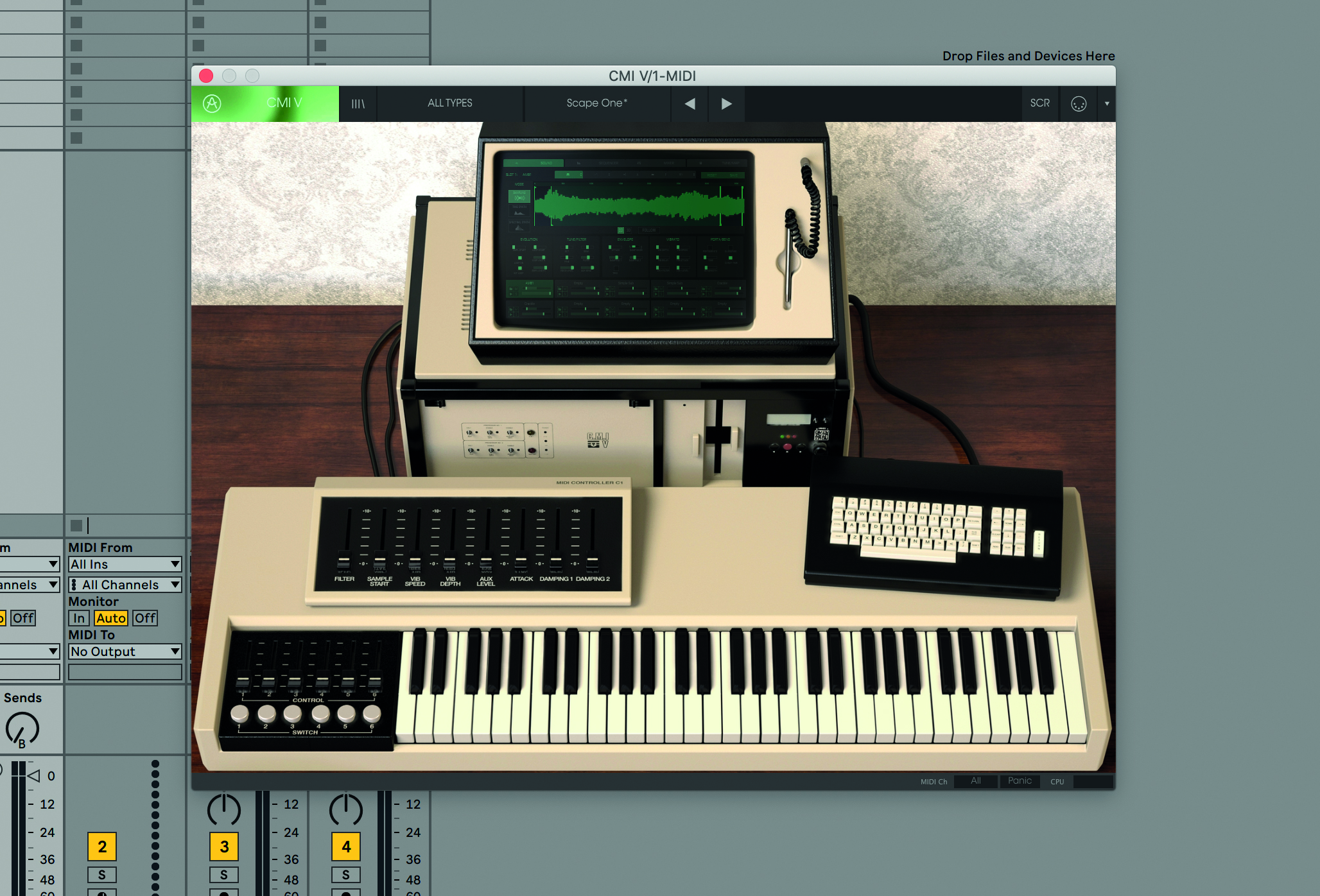
At one point in the 80s, there was a definite trend where sampled orchestral stabs were getting used – and overused – marking the track out as 'something that bit more special' simply by virtue of the band or producer being able to afford to hire the costly Fairlight CMI that produced them.
But hits of any kind are still legit. Source the necessary samples from a Fairlight CMI, the Arturia version or the official iOS app, or map your own bangs and crash sounds to a MIDI keyboard and pitch them way out of their usual range for dramatic ear-grabbing events.
5. Yamaha DX7
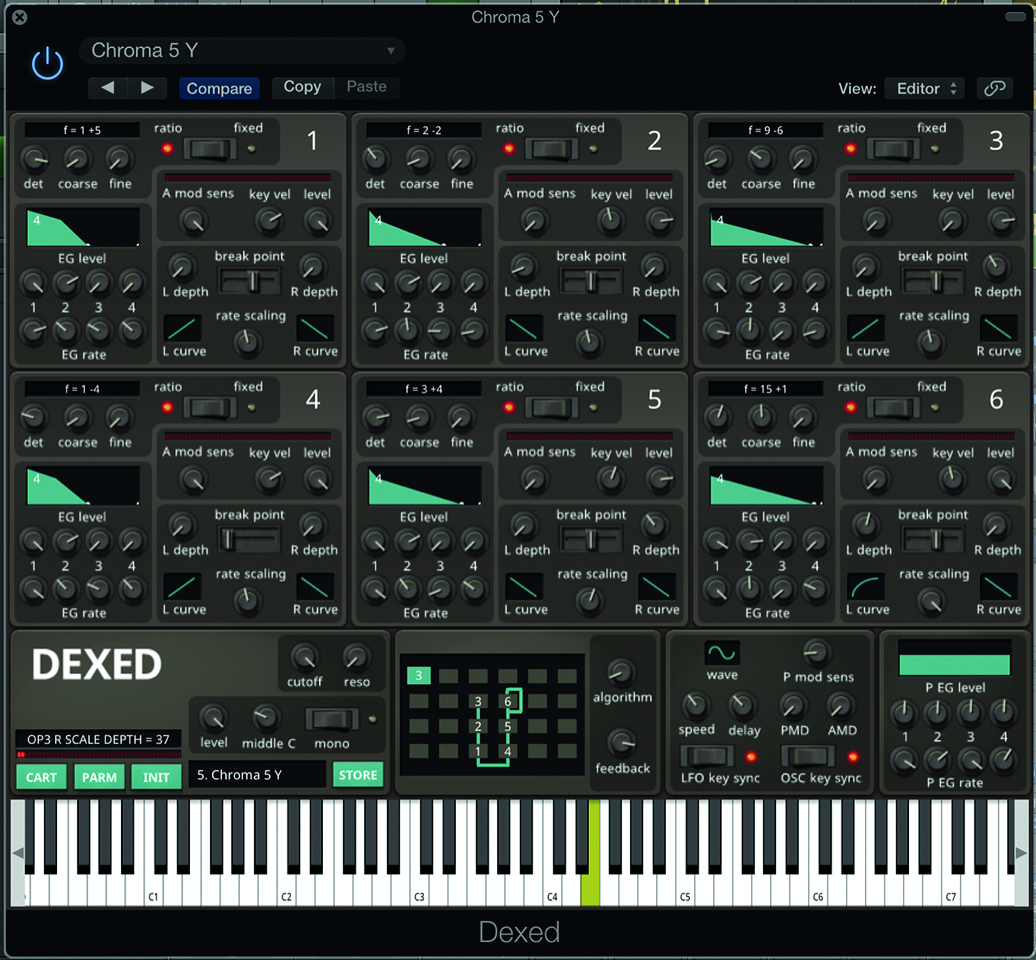
In the mid 80s there was a synth revolution when Yamaha invented FM synthesis and wheeled out their DX7 (and DX9) synths. These colder-toned digital synths, were able to make ringing chimes and bright digital pianos and bells (along with some fantastic organ sounds and a whole new type of bass).
The best way to get perhaps THE 80s defining sound into your projects is therefore to grab a software emulation of the Yamaha DX7 and give those tried and tested presets a good workout. That's what they all did in the 80s…
There are many plugins and sample packs available (including the freeware Dexed pictured above.)
6. Double-tracked vocals
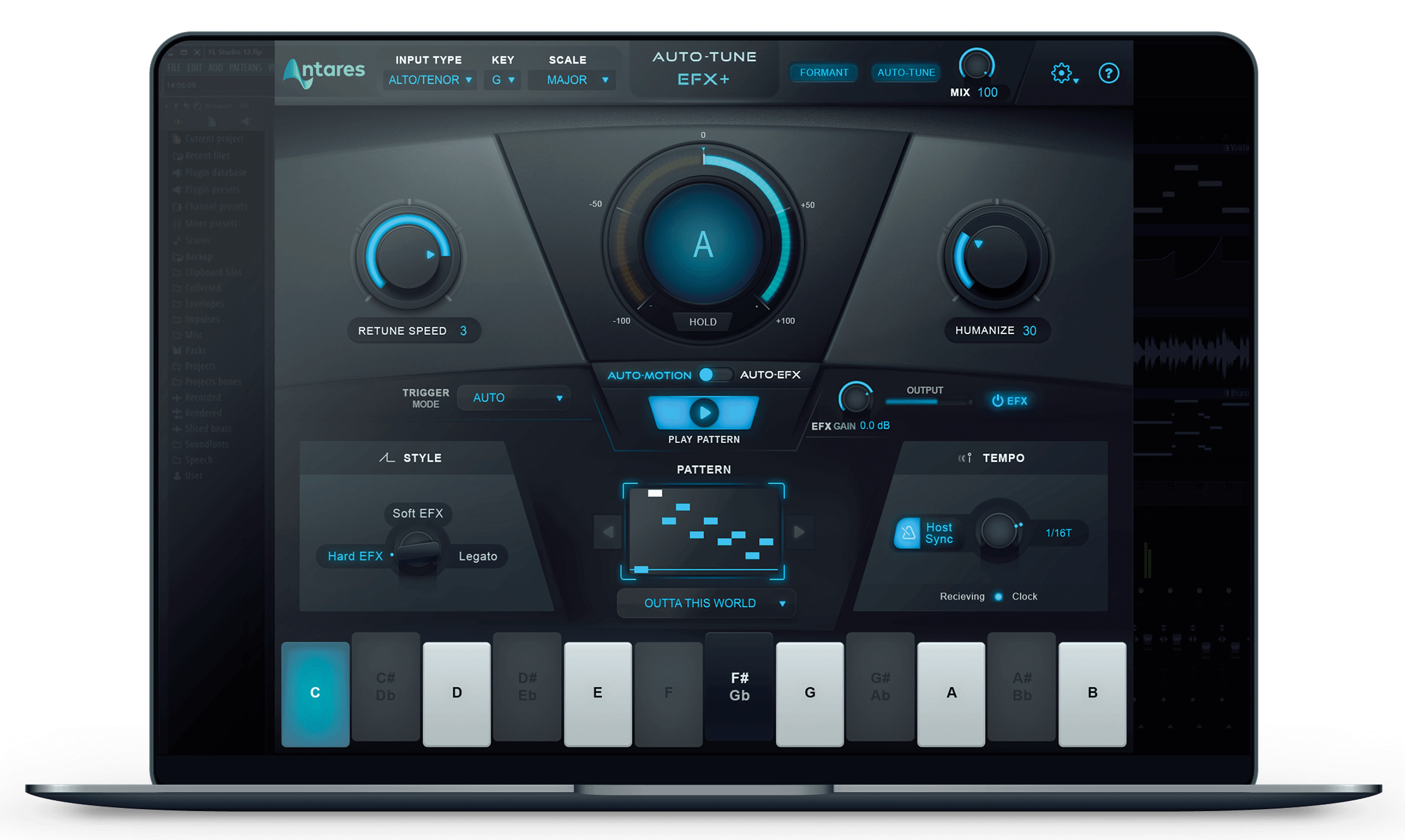
Vocal takes might be spliced together, but there were no pitch correction or Auto-tune effects at the time so the final vocal tracks wouldn’t have the robotic perfection we take for granted these days.
Instead, dodgy vocals were 'fixed' with lots of hardware reverbs, and more and more tracks of vocals, like double-tracked leads or backing harmonies. The more you heap them up, the fatter (and more likely to be in tune) they become.
Want more synthy goodness? Get all our features, tutorials, tips and more at our Synth Week 2022 hub page.
Computer Music magazine is the world’s best selling publication dedicated solely to making great music with your Mac or PC computer. Each issue it brings its lucky readers the best in cutting-edge tutorials, need-to-know, expert software reviews and even all the tools you actually need to make great music today, courtesy of our legendary CM Plugin Suite.
"If I wasn't recording albums every month, multiple albums, and I wasn't playing on everyone's songs, I wouldn't need any of this”: Travis Barker reveals his production tricks and gear in a new studio tour
“My management and agent have always tried to cover my back on the road”: Neil Young just axed premium gig tickets following advice from The Cure’s Robert Smith










